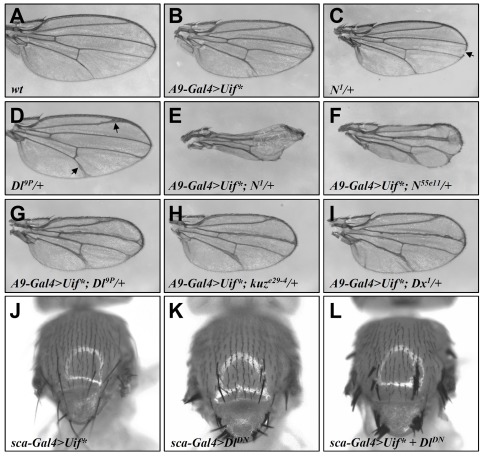Figure 2. Uif* genetically interacts with genes for the Notch signaling pathway.
(A) A wt adult wing. (B) An adult wing of the A9-Gal4>Uif* fly showing mild thickened vein phenotype that resembles Dl loss of function phenotype (D). (C) A N1/+ wing showing a typical small notch at the distal region of the wing margin (arrow). (D) A Dl9P/+ wing showing the thickened vein phenotype, particularly in the distal region of veins II and V (arrows). Wings of either N55e11/+, kuze29-4/+, or Dx1/+ adult flies have no or mild defects (Figure S1). (E–I) Wings of A9-Gal4>Uif* in combination with one copy of mutation of different Notch pathway components showing enhanced phenotypes as compared with either of them alone. Very small wings with a great loss of wing margin structures and thickened veins are shown in A9-Gal4>UAS-Uif*; N1/+ (E) and A9-Gal4>UAS-Uif*; N55e11/+ (F); blistering wing phenotype is also observed in the majority of adult flies (see Discussion). Thickened veins are shown in A9-Gal4>UAS-Uif*; Dl9P/+ (G) A9-Gal4>UAS-Uif*; kuze29-4/+ (H) and A9-Gal4>UAS-Uif*; Dx1/+ (I) as compared with A9-Gal4>UAS-Uif* (B). (J–L) The notal region of an adult fly expresses UAS-Uif* (J), UAS-DlDN (K) or UAS-DlDN plus UAS-Uif* (L) under the control of sca-Gal4. The neurogenic phenotype of extra bristles caused by the loss of Dl function is potentiated by the simultaneous expression of Uif*.

